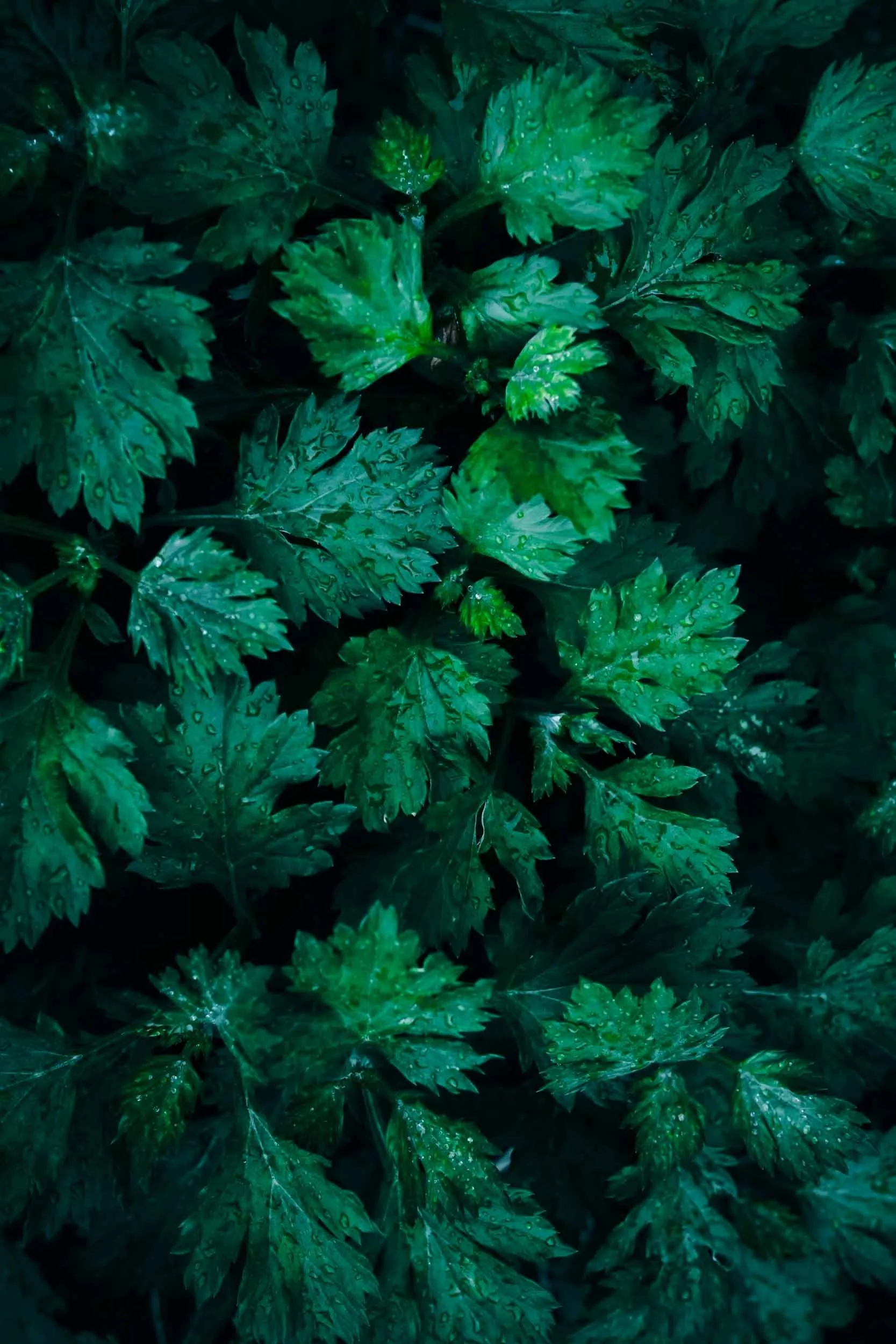
What is acupuncture?
Acupuncture as a therapy was likely developed in the Neolithic, though its origins are so distant they are lost in the fog of prehistory. Chinese Medicine (including herbal therapies) as a written tradition goes back two thousand years, but there is much evidence to show that it had been practiced systematically for three thousand years or longer before that. As the centuries passed, Chinese Medicine spread to the rest of Asia, and eventually the world, being continually reimagined and refined by the different cultures it came into contact with. Now truly a world medicine, Chinese Medicine has made it all the way around the globe and is beginning to flourish in the west.
In a typical acupuncture session, the patient will undergo an in-depth interview prior to treatment that explores all aspects of health. This allows the practitioner to develop a holistic picture of the patient and the origin of the imbalance. A good acupuncturist is an ally in your journey to health, and the patient is at all times encouraged to maintain their agency in the treatment plan. Once a plan has been agreed upon, the practitioner selects a prescription of acu-points, energetically dynamic points on the body. These points are found along energetic pathways, called channels, that connect to internal organs and flow throughout the body, along with blood vessels, nerves, and lymph. It is the role of the acupuncturist to determine where the imbalance has occurred and create a bespoke prescription of acu-points for that person in that moment to bring them back to balance. The points are then stimulated in a number of ways, the most famous of which is with hair-thin needles.
Acupuncture needles are incredibly thin: about forty of them can fit in a standard hypodermic needle. These tiny needles are inserted into the body at precise locations that have been verified and refined over thousands of years of well-documented clinical experience and research. The needles are usually left in for twenty to thirty minutes, depending on what other therapies (cupping, massage, gua sha, moxa) are going to be used in the session. It should be noted that many treatment styles involve very superficial needling, or no needles at all.
Patients are encouraged to eat something before coming to their appointment, as well as being well-hydrated. Often the effects of acupuncture are felt as soon as needles are inserted, but just as often the effects are felt gradually over the course of a few days. The plan for ongoing treatments will be agreed upon by the patient and practitioner, with more acute conditions needing fewer treatments in quick succession, and more chronic conditions needing more treatments spread out over a longer time. This treatment plan may or may not be combined with an herbal prescription and a recommended qigong practice.
How does acupuncture work?
Energy flows through the body in channels, much like the flow of a river. If there is stagnation in these channels, the flow of energy will be impeded, like a river that has been dammed up by debris. Acupuncture helps to free up the flow of these channels so that healthy energy can easily reach all areas of the body.
Acupuncture has been shown to regulate the entire nervous system by activating the parasympathetic response and allowing the patient to relax. Many studies have shown that acupuncture can affect various aspects of the central nervous system, including heart rate/HRV, blood pressure, pupil size, muscle response, skin temperature, and skin conductance. There is also evidence that acupuncture activates specific brain regions, balances the sympathetic and parasympathetic nervous systems, and stimulates neurogenesis.

“The law of yin and yang is the natural order of the universe, the foundation of all things, the mother of all changes, the root of life and death.”
Huang Di Nei Jing


